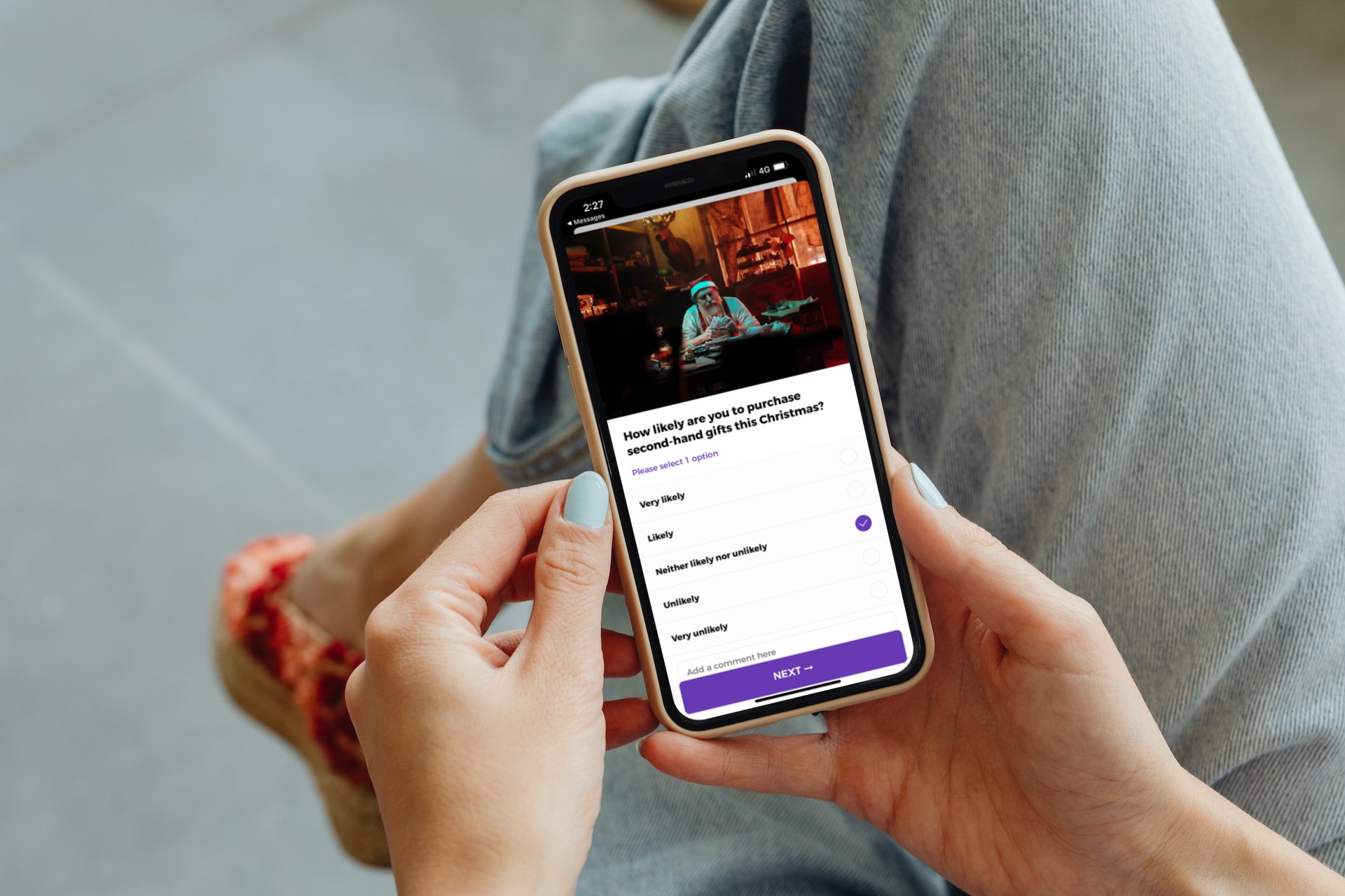How to Improve Data Quality in Agile Research
[…]

5 Tips for Getting Better Insights from Market Research
Anyone who watched TV in the pre-streaming era probably remembers the question that vexed everyone: how many licks does it take to get to the Tootsie Roll center of a Tootsie Pop?
Besides just trying it yourself, how would a market researcher answer this question? Would you rather develop a 10 question survey about Tootsie Pop experiences for 10,000 people or ask a smaller group of people who recently ate a Tootsie Pop how many licks it took to get to the center?
Researchers often assume that the more complicated and expensive research methods produce the best results. But that’s not necessarily true. With survey completion rates averaging less than 1% nowadays, now is the era for researchers to rethink things. Enter: agile research.
Despite this fast research method getting a bad rap as “down and dirty,” the reality is, it can produce reliable and actionable insights.
In this post, we dispel some of the misconceptions about agile research and give best practices for improving data quality in surveys.
Recommended: 4 Steps to Create a Market Development Strategy
Misconceptions about agile research
Agile research is an iterative process that breaks research down into smaller tasks. Instead of a bloated 20 question survey, agile researchers ask three to five questions at a time and use the results to guide the next research phase.
Attributes of agile research that lead to misconceptions about data quality include:
- Fast-Turnaround. People often assume fast equals inferior quality. Companies question if the results of agile surveys are even real people. They think it must be bots because who could possibly be answering surveys that quickly. The truth is if technology fits comfortably in the everyday lives of people, or has a positive user experience, results can come in quickly and still be a quality response.
- Cost-effective. Agile research tools offer high value for a fraction of the cost of traditional methods. There is a misconception that because it’s not costing you an arm and a leg, that there won’t be much value on the other side. But that couldn’t be further from the truth. Agile methods are often advanced technologies that cut out expensive third parties. These tools are comparable to the direct-to-consumer shopping experience; you are connected directly to the source.
- Accessible. Agile research tools tend to be user-friendly and not overly complicated. They are designed for a wider audience, and not just for skilled or experienced researchers. When something is available to the masses, its perceived quality often suffers. But there is no reason why the assumption should be there that the quality is lower. It’s more about how you use it.
- Smaller Sample Sizes. In agile research, sample sizes of a few hundred are typically used. This is the place where quality really does come to the forefront. Although statistical rigor has its place in research, when we start prioritizing this over quality response and feedback, we start to miss the point of market research.

Benefits of agile research
Research needs to be useful. You can have statistically valid research that doesn’t tell you much. Most market researchers would prefer 200 pieces of honest, quality feedback on a few questions from a group of specified and hyper-targeted groups of people rather than 1000 pieces of feedback at a 99% confidence level for 15 questions. More than likely, the people filling out the longer survey aren’t paying as much attention and didn’t answer them all very well.
Agile allows us to keep up with the changing world and connect with people in a way that’s more natural. The way to keep people’s attention or elicit something is always changing.
Due to COVID, in-person research has essentially been wiped out in the last couple of years. A laser focus on sample size and methods dehumanizes market research. At the end of the day, we’re looking for quality feedback from real people.
How to improve data quality in agile research
So how do we increase the chances of getting quality feedback in agile research or any survey-based research? Incorporate these tips to optimize your research for better results.
- Plan and optimize. Agile research breaks up a larger project into smaller tasks. The most important thing is that these tasks match up with the larger end goal, like deciding on a new label for a product or conducting rounds of concept testing. Use what you learn in each cycle to tweak the next step.
- Prioritize respondent experience. If you annoy or bore your respondents, you won’t get good feedback. Asking several demographic screen questions prior to asking for any feedback is more likely to cause the respondent to tune out. Keep surveys short and engaging.
- Avoid intercepting and interrupting. How often have you seen a pop-up that forces you to answer a few questions about your buying habits before watching a video? Were you annoyed? Did you answer honestly or just click through the answers without reading them? Design and deploy surveys so that respondents will be motivated to complete them.
- Speak like a human. Don’t sound like a robot when writing survey questions. People need to respond quickly. If they have to reread the question three times, they might not answer honestly. Use a conversational tone for questions and response options. For example, instead of asking “Which of the following factors influence your decision to purchase a new television set?” be more conversational by saying “What’s important to you when buying a new TV?”
- Take advantage of retargeting and follow-ups. Along with the conversational tone, agile tools often give you the ability to reassess or re-target consumers. It often works really well because you are doing several surveys in a short period of time. Retargeting will often give you the richest insight because you can dig deeper into why a consumer has answered a previous question a certain way.
Take a step forward with agile research
While single-use projects are limited in scope and often involve a few stakeholders and team members as possible, agile research turns all of this on its head.
It incorporates research across departments and segments, is more accessible and easier to deploy across departments. As a bonus, the research occurs more frequently, giving you additional perspectives on what questions to ask. The frequency of agile research also ensures you’re always making decisions on the most up-to-date data.
Interested in gathering agile research? Sign up for a free OnePulse account today to get started.
Related posts

Why wait to hear what your customer is thinking?
It looks like your browser is set to
Click here to view the website in .







